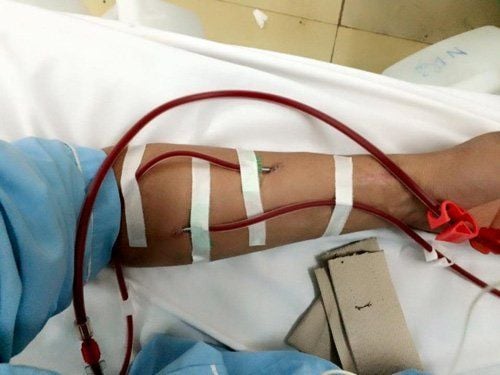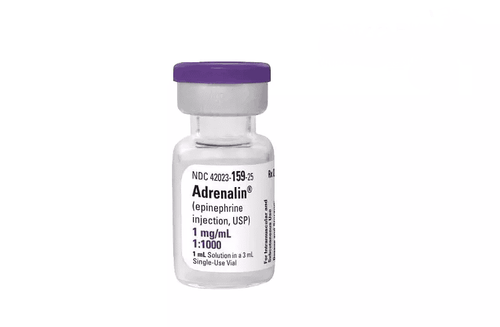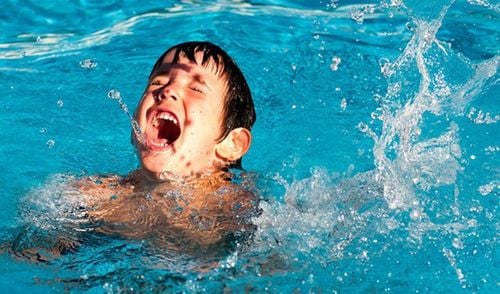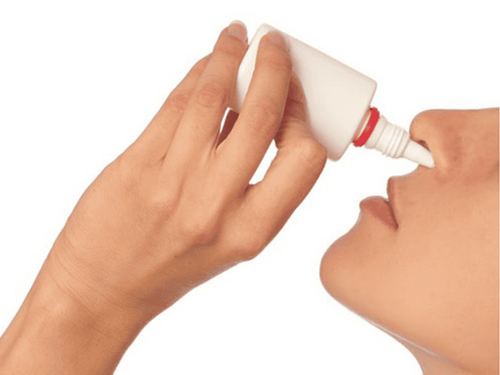This is an automatically translated article.
The article is professionally consulted by Master, Doctor Tong Van Hoan - Emergency Medicine Doctor - Emergency Department - Vinmec Danang International Hospital. Doctor with 10 years of experience in the field of Emergency Resuscitation.In life, sometimes people encounter cases of trauma, respiratory arrest, cardiac arrest due to drowning, asphyxiation, electric shock... The maintenance of the victim's life is achieved or not largely thanks to preliminary techniques. assist. When the victim stops breathing, it is necessary to perform artificial respiration on the spot until breathing on his own or when it is determined that the victim is definitely not alive. So what is the principle of artificial respiration and how is it performed?
1. What is the meaning of CPR?
Artificial respiration is an important respiratory support measure for the patient. If breathing stops for too long, it will lead to a lack of oxygen in the blood and cells, causing cells to become paralyzed and then die, first of all, nerve cells.Based on the principle that CPR should be performed at the place of injury or accident, because this is an urgent emergency, it should be carried out urgently if you want to save the life of the victim.
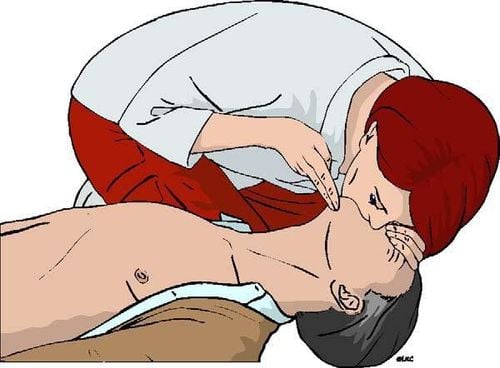
2. Procedure for performing artificial respiration
Place the casualty on his back, with the rescuer kneeling at his side, right next to the casualty's shoulder. Place a pillow or soft shirt under the victim's neck with the head tilted slightly back. Use a finger with a clean cloth to put it in the victim's mouth and wipe away sputum, drool, vomit, foreign objects if any... Then use a thin gauze pad to cover the victim's mouth (field) If not available, first aid can be performed without putting gauze, still blowing directly into the victim's mouth). According to the principle of artificial respiration, the first responder uses one hand to squeeze both sides of the victim's nose, the other hand pushes the chin so that the victim's mouth is open. Then the rescuer takes a strong breath, closes his mouth to the victim's mouth, then blows in strongly, blowing continuously 2 breaths for adults, 2 breaths for children under 8 years old, observing the chest. The victim inflates is done correctly, then let the victim's chest deflate and then blow again. Perform the above movements consecutively with the same tempo: adults and children over 8 years old perform about 15-20 times/minute, children under 8 years old give rescue breaths 20-30 times/minute. In addition, it is also possible to asphyxiate by mouth-nose method (blow into the nose). Only perform artificial respiration for the victim who has stopped breathing but the heart is still beating.There are many different methods of CPR and depending on the case, the first responder will choose the most appropriate and effective method. To know the methods of artificial respiration for each specific case, you can refer to the article "How many methods of artificial respiration are there? "
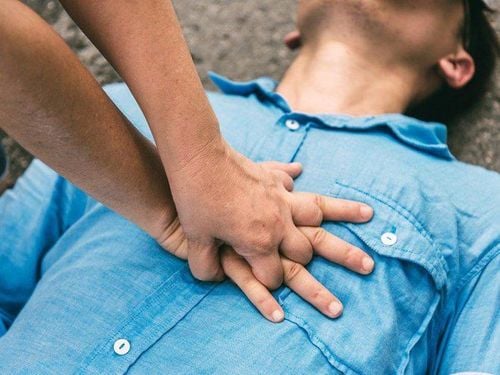
3. Principle of artificial respiration
The principle of artificial respiration is based on 2 phases of inhalation and exhalation. According to the theory of artificial respiration, for some reason, the victim stops breathing, cannot perform spontaneous inhalation and exhalation by himself, then if the first responder artificial respiration will help significant support for the victim's respiratory process.Then inhale: The victim cannot breathe in on his own, at this time the first aid person will assist by blowing breath into the lungs of the injured person, from which the victim will be provided with the necessary amount of oxygen. In fact, the rescuer's breath blowing into the victim's lungs still contains between 16 and 17 percent oxygen by volume. Exhalation: the victim can still exhale spontaneously due to the natural flexibility of the chest. To ensure that the victim is fully breathing, the rescuer must perform rescue breaths for the victim at a frequency of 15-20 times/minute, corresponding to 15 to 20 moderate breaths per minute of the process. natural respiration.
An important CPR principle is that the rescuer must continue CPR on the victim until the victim starts breathing again or when medical assistance begins. .
Successful CPR can be observed by seeing the up and down movement of the injured person's chest as the rescuer performs CPR.
In addition to mouth-to-mouth breathing as mentioned above, the Rescuer can also perform mouth-to-mouth rescue (blow into the victim's nose while covering the mouth) or use a special tube to blow into the victim's mouth.
4. Signs of the return of life
Injured person's mouth convulses Starts throat or finger movements Skin color returns to normal Victim begins spontaneous independent breathing.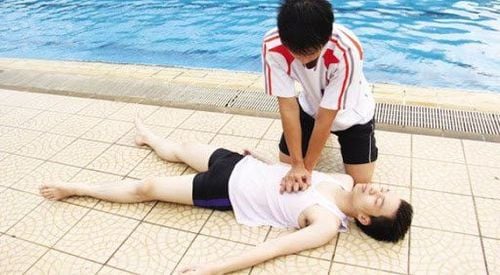
5. Possible mistakes when giving artificial respiration
The injured person's head is not tilted back enough or the rescuer blows too hard into the injured person's lungs. At this time, the inner part of the esophagus is pushed out, the victim's stomach is pumped up by the rescuer's breath, while the rescuer's breath is too little to the lungs (recognized by observation). the injured person's chest does not expand and rise when air is inhaled.) During CPR, rescuers may feel dizzy or lightheaded. Once there, stop breathing for a moment and then breathe calmly again for a few seconds. In cases where the first responder feels cosmetic or hygienic, they can quickly clean the victim's face or cover the victim's face with a clean handkerchief. After performing artificial respiration, the patient has signs of life again, you need to take the patient to a reputable medical facility for timely emergency. You can choose to have an emergency at Vinmec International General Hospital.Vinmec International General Hospital performs CPR, resuscitation, and treats many cases in routine emergencies, traffic accidents and serious injuries. Accordingly, the examination, emergency and resuscitation procedures for patients at Vinmec are all carried out methodically and in accordance with the correct procedures under the guidance and implementation of well-trained specialists both inside and out. abroad brings high treatment prognosis, quick recovery time.
Please dial HOTLINE for more information or register for an appointment HERE. Download MyVinmec app to make appointments faster and to manage your bookings easily.





